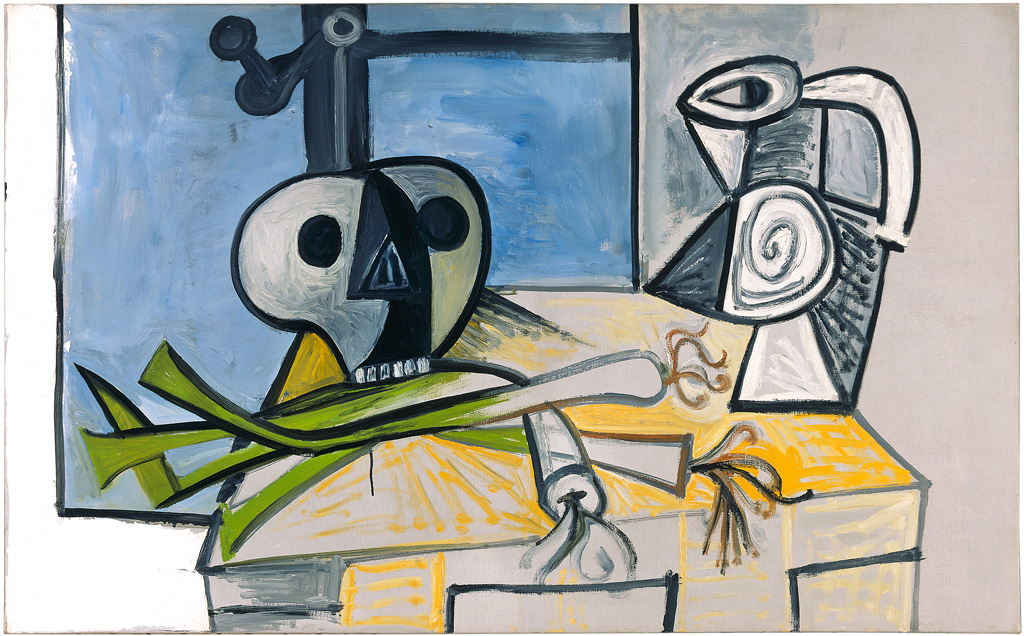"Memory, memory": the author is not who we think !
After the French debacle and the German invasion, Picasso was invited to Mexico and the United States, but refused to leave occupied France, where his work was actually considered an example of the decadent culture and art that had led to defeat. Unlike Derain, Vlaminck, Van Dongen, and other artists, intellectuals, and writers, Picasso rejected any form of compromise with the Vichy regime and the occupying forces during the Occupation. He frequented circles associated with the Resistance and the darkness and tragic elements in his work expressed his horror at the present times. In other respects, Picasso was silent during this period.
"Is that story true, the one that ran all over the world? One day, a Gestapo officer showed you a reproduction of Guernica and asked you, 'Did you do this?' And you answered, 'No, did you?'" "Yes," answered Picasso, laughing. "It's more or less true. Sometimes the Boche would visit me with the pretext of admiring my paintings. I'd hand out postcards of my painting Guernica and say, 'Take this, souvenir, souvenir!'"[1]
Ernst Jünger—who visited Picasso in his studio on rue des Grands-Augustins during the Occupation, wearing the Wehrmacht uniform—later told Bernard Pivot the following anecdote in one of his Apostrophes TV programs: "He struck me as absolutely magical. Only two people have ever given me that impression: Heidegger and Picasso. We spent the whole afternoon talking." Bernard Pivot quoted a passage from Ernst Jünger's Second Paris Journal, in which he transcribed Picasso's thoughts: "Both of us sitting here would be able to negotiate peace in the course of this afternoon. In the evening, people would be able to have their dinner in peace."[2]
Picasso gave financial support to the Jewish painter Freundlich, a refugee in the south zone who died after being deported. He also helped the German painter Hans Hartung to leave for Morocco. In June 1941, at the home of Michel and Louise Leiris, he met the underground Communist Party leader Laurent Casanova, who had escaped from a refugee camp. On August 6, 1942, the Musée national d’Art moderne opened in Paris, and Picasso was not among the featured artists. During this entire period, Picasso produced paintings that reflected the oppressive atmosphere, such as Woman in Gray, one of his darkest mourning paintings. Picasso's poet friends were arrested and deported in the winter of 1943-1944: Max Jacob was sent to the Drancy camp in February 1944 and died of pneumonia five days later; Robert Desnos, arrested on February 22, 1944, died fifteen months later, after being deported to Terezin. His friends Eluard and Zervos were involved in the Resistance.
According to Laurence Bertrand-Dorléac, "when art historians examine each leaf of an artichoke, every angle of a suffering woman's face, and each skull, seeking a reflection of the sinister, icy nightmare, the exercise is worthwhile, but bearing in mind the following: the process of Picasso's resistance eludes any form of proof."[3]





 Summary
Summary